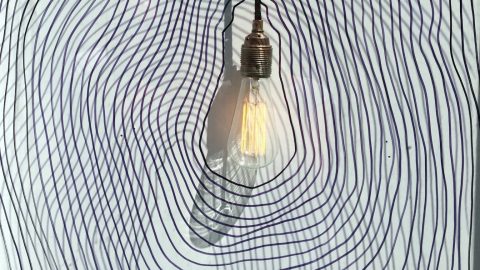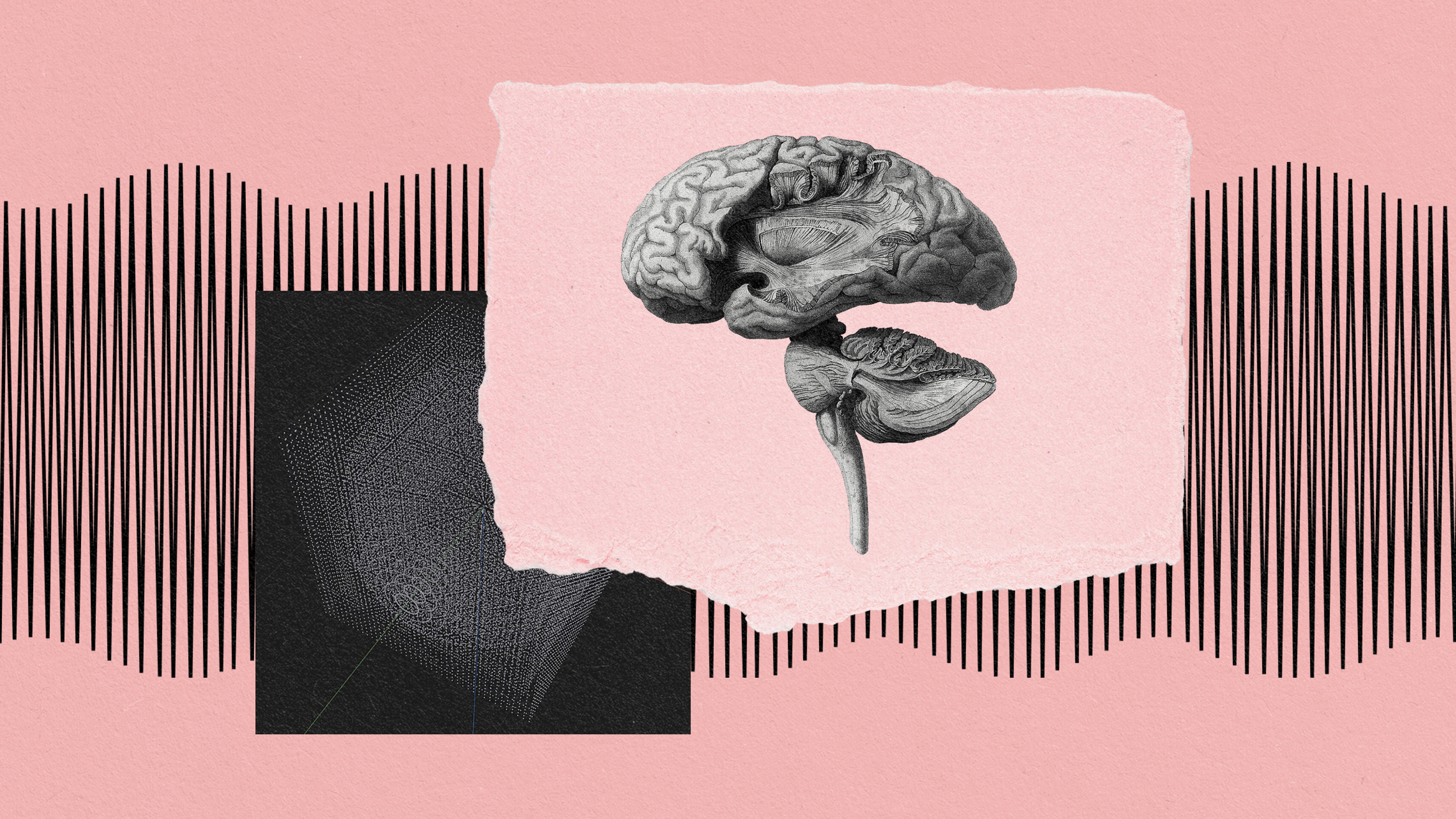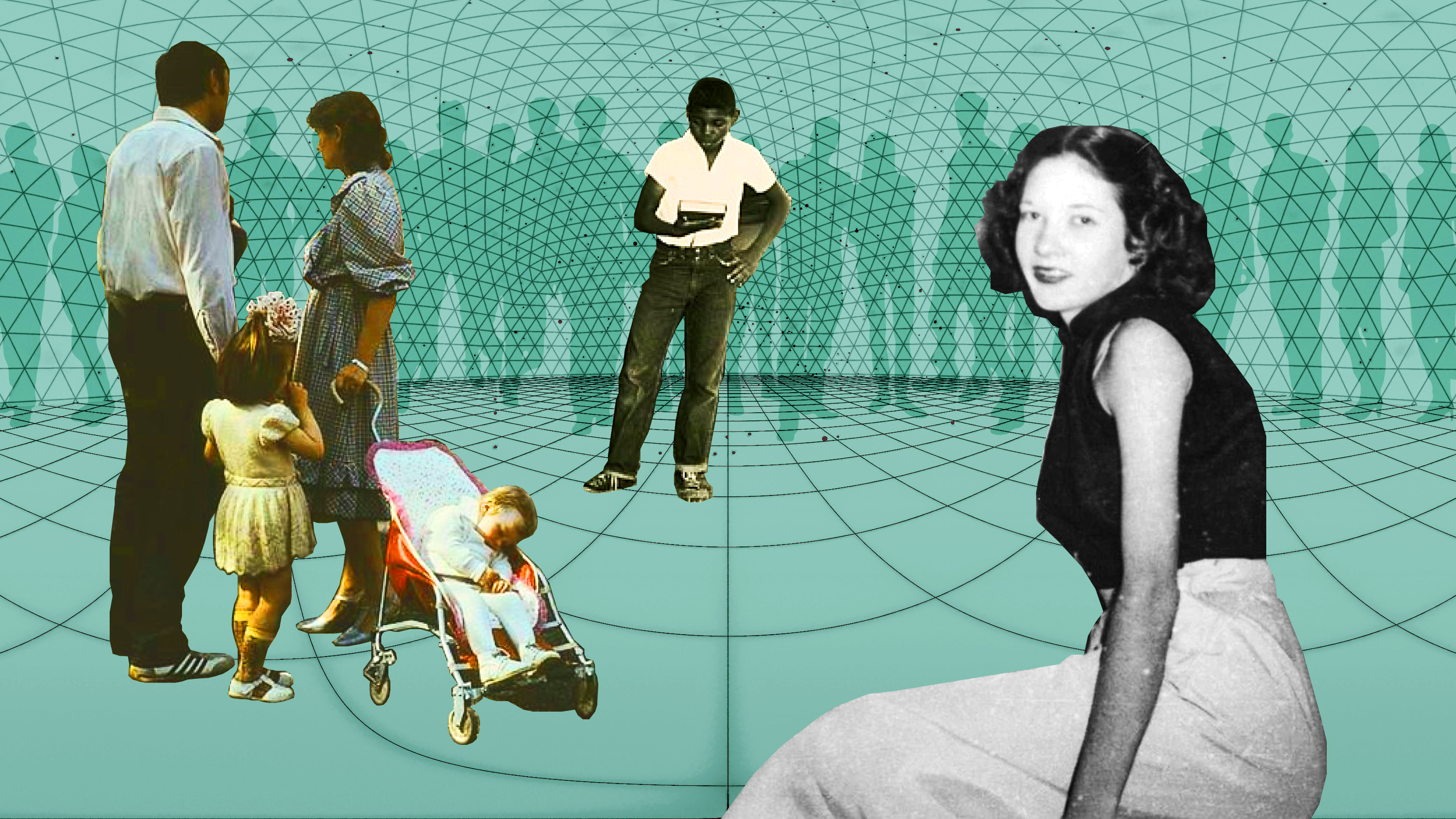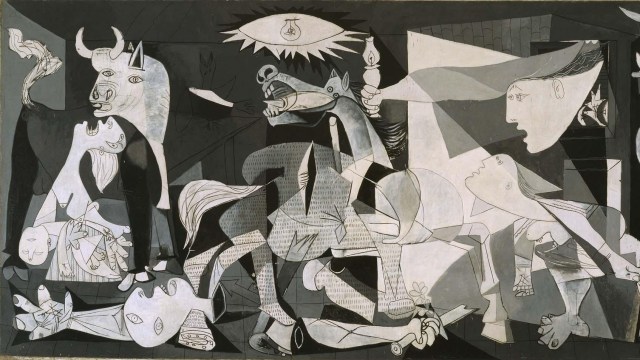The worth of wild ideas

Earlier this month, the consciousness science community erupted into chaos. An open letter, signed by 124 researchers—some specializing in consciousness and others not—made the provocative claim that one of the most widely discussed theories in the field, Integrated Information Theory (IIT), should be considered “pseudoscience.” The uproar that followed sent consciousness social media into a doom spiral of accusation and recrimination, with the fallout covered in Nature, New Scientist, and elsewhere.
Calling something pseudoscience is pretty much the strongest criticism one can make of a theory. It’s a move that should never be taken lightly, especially when more than 100 influential scientists and philosophers do it all at once.
The open letter justified the charge primarily on the grounds that IIT has “commitments” to panpsychism—the idea that consciousness is fundamental and ubiquitous—and that the theory “as a whole” may not be empirically testable. A subsequent piece by one of the lead authors of the letter, Hakwan Lau, reframed the charge somewhat: that the claims made for IIT by its proponents and the wider media are not supported by empirical evidence.
IIT is a consciousness-first, rather than a brain-first approach.
The brainchild of neuroscientist Giulio Tononi, IIT has been around for quite some time. Back in the late 1990s, Tononi published a paper in Science with the Nobel Laureate Gerald Edelman, linking consciousness to mathematical measures of complexity. This paper, which made a lasting impression on me, sowed the seeds of what later became IIT. Tononi published his first outline of the theory itself in 2004 and it has been evolving ever since, with the latest version—IIT 4.0—appearing earlier this year.
The theory’s counterintuitive and deeply mathematical nature has always attracted controversy and criticism—including from myself and my colleagues—but it has certainly become prominent in consciousness science. A survey conducted at the main conference in the field—the annual meeting of the Association for the Scientific Study of Consciousness—found that nearly half of respondents considered it “definitely promising” or “probably promising,” and researchers in the field regularly identify it as one of four main theoretical approaches to consciousness. (The philosopher Tim Bayne and I did just this in our recent review paper on theories of consciousness for Nature Reviews Neuroscience.)
The theory behind IIT is not simple: It turns the standard neuroscientific game—in which consciousness is proposed to emerge from neural activity in the brain—upside down. It takes as its starting point the identification of certain features that must be shared by all conscious experiences, and then asks what properties a physical system (like a brain) must have in order for these features to be present. It is a consciousness-first, rather than a brain-first approach.
According to IIT, two features that are essential to any conscious experience are “integration” and “information.” The reasoning is that every conscious experience is unified, “all of a piece,” and that every experience also conveys a large amount of information. Cashing out this claim through the machinery of IIT leads to its central proposal, which is that consciousness is present whenever and wherever a system is more than the sum of its parts—in a highly specific, mathematically precise way.
In IIT, the amount of consciousness a system has is tracked by a mathematical quantity called Phi, and, according to the theory, wherever there is non-zero Phi, there will be consciousness, at least to some degree. This implies a restricted form of panpsychism, since instances of non-zero Phi can be found beyond brains, and even in non-biological systems. Some very simple systems can be conscious according to IIT, such as grids of inactive electronic circuitry in a computing device—though the kind of consciousness involved may be very minimal. But many other things—whether simple or complex—will lack consciousness entirely, because they don’t integrate information in the right way. For example, according to IIT, things like tables and chairs wouldn’t be conscious, and neither would artificial intelligence systems in which signals can only flow in one direction.
ontroversial and counterintuitive it may be, but is IIT pseudoscience? A very general definition of science is the systematic study of natural phenomena through observation, description, theory, and experiment. Scientific theories should be testable, responsive to evidence, and have predictive and explanatory power. A very general definition of pseudoscience is work that claims to be scientific, but falls short in some significant way or ways. Molecular biology and particle physics are examples of science, while homeopathy and astrology are examples of pseudoscience—they are not supported by experimental evidence, and lack any plausible mechanism by which they might operate.
The panpsychist implications of IIT are certainly strange. Full-blown panpsychism is a philosophical, metaphysical position, and as such is not open to empirical testing. It is also rather antithetical to science as we know it, which is generally materialist. But although IIT implies a version of panpsychism, it is not equivalent to panpsychism. Arguing against panpsychism, as I have done, therefore does not mean arguing against IIT. The fact that a theory can have strange, perhaps untestable consequences, does not mean that it is pseudoscientific. It may be enough for other aspects of the theory to be testable. This happens without controversy in other areas of science. In physics, general relativity implies untestable things, like singularities, while being eminently testable in other ways.
It turns the standard neuroscientific game upside down.
This leads to the second objection of the letter writers: that IIT “as a whole” may be untestable. This seems to appeal to Karl Popper’s falsificationist philosophy of science, in which a theory could be called pseudoscientific if it cannot be experimentally falsified. But this sets the bar very high, since experimental methods are always improving, and theories can adapt and change over time and still have explanatory and predictive value even if aspects of them remain beyond experimental reach. (Evolutionary theory provides a good example. Core aspects of the theory, such as the mechanisms underlying inheritance, only became testable long after the theory was first developed.)
Other philosophies of science could be applied here instead. I’ve always preferred Imre Lakatos’ views, in which a research program (which usually extends beyond a theory) is productive if, over time, it generates testable predictions which have explanatory and predictive power. If a research program does not do this, then it is degenerate and will gradually fade away. This view of science is more accommodating to the ebb and flow of ideas, and also to the possibility that some aspects—perhaps even core elements—of a scientific theory may remain unfalsifiable. Quantum mechanics, for example, is highly productive, even though nobody can figure out how to experimentally test its various interpretations (or even what they really mean).
From a Lakatosian perspective, IIT squarely qualifies as science. Its core principles are indeed very difficult to test—the same could be said for other leading theories, too—but many testable predictions do follow from IIT. Some of these predictions also follow from other theories, but others definitely do not. As these predictions are put to the test in increasingly sophisticated experiments, we will see whether IIT is productive or degenerate. Right now, it is far too early to say.
An ongoing series of “adversarial collaborations” in consciousness science are particularly interesting for understanding the testability of IIT. These collaborations pit theories against each other using experiments designed so that the theories predict different outcomes. I’ve written about the first of these collaborations elsewhere, and am involved in (though not funded by) a second. Although these collaborations are unlikely to land a decisive blow against any of the theories concerned, they are doing excellent, rigorous work, and are undoubtedly driving the field forward.
The third objection voiced by IIT opponents—that the evidence base for IIT does not support the claims made by its proponents and the wider media—is worth paying attention to, but it doesn’t justify the charge either. It is certainly very important for researchers to avoid over-claiming and over-promoting, but if they do—and one can argue back-and-forth about whether this is the case for IIT—it doesn’t mean the underlying research is pseudoscience. So long as it satisfies the criteria for science, it is science, whether appropriately communicated or not.
I believe IIT meets the criteria necessary for science: It sets out to explain a natural phenomenon using a rigorous theoretical approach, one that generates testable predictions that have the potential for explanatory and predictive power.
easserting the scientific status of IIT matters for reasons that extend beyond its specific pros and cons as a theory. It matters firstly because of the outward impression. The motivation behind the open letter was to ensure the long-term health of consciousness science through a surgical strike against the perceived oversized influence of IIT. But it could have the opposite effect. Outsiders may lose trust in a field that can’t seem to sort out science from pseudoscience among its own leading theories.
Such perceptions could be disastrous, given how hard consciousness researchers have worked to establish the field’s well-deserved legitimacy. Levels of funding, the ability to attract smart young researchers into the field, and the potential for consciousness research to make a positive impact in the world could all be threatened.
But there is something even more fundamental at stake here, which is the right to be wrong.
The statistician George Box is often quoted with saying that “all models are wrong, but some are useful.” In fact what he said, in a 1987 book, was “Remember that all models are wrong; the practical question is how wrong do they have to be to not be useful.”
The theory is indeed a bit bonkers, but it could be on the right track.
IIT is very likely wrong. It may well be more wrong than other leading theories of consciousness, which are also likely to be wrong. It may be even more wrong than my own theory (which is very different from IIT). But even if it is very wrong, it can still be very useful.
IIT can be usefully wrong firstly because it can inspire related ideas. I’ve worked on some of these with my colleagues under the banner of “weak IIT,” which gives up some theoretical ambition for gains in empirical applicability. The influential work by Marcello Massimini and his group on measuring the level of consciousness in brain-injured patients was also inspired by early versions of IIT (although these results are compatible with other theories as well). And there is plenty more valuable research out there, as well as up and coming work, that has been inspired to some degree by the theory—the same is true for the other leading theories, too.
The second reason may be even more important, and is the one I really want to underline here. It is precisely the challenging, counterintuitive nature of IIT that ought to be valued, even if the theory itself turns out to be empirically wrong. Although consciousness science has made huge strides, a deep sense of mystery persists about the nature of consciousness and its relation to brains, bodies, and the physical world in general. Even if we overestimate the difficulties involved, which I think we do, it seems unlikely that we’ll arrive at a satisfactory scientific account of consciousness without some radically creative thinking.
If we banish IIT to the wastelands of pseudoscience, dismissing it in part because of its strangeness, we risk stifling exactly the kind of creative thinking that we may need. The theory is indeed a bit bonkers, but it is a brave attempt to say something genuinely new. And who knows, it could even be on the right track.
So let’s not merely reject the charge of pseudoscience. Instead let’s celebrate what is weird and unusual about it, while making sure to not over-hype or over-claim. As long as theories remain within the bounds of the scientific method, they have every right to be wrong.
This article originally appeared on Nautilus, a science and culture magazine for curious readers. Sign up for the Nautilus newsletter.





